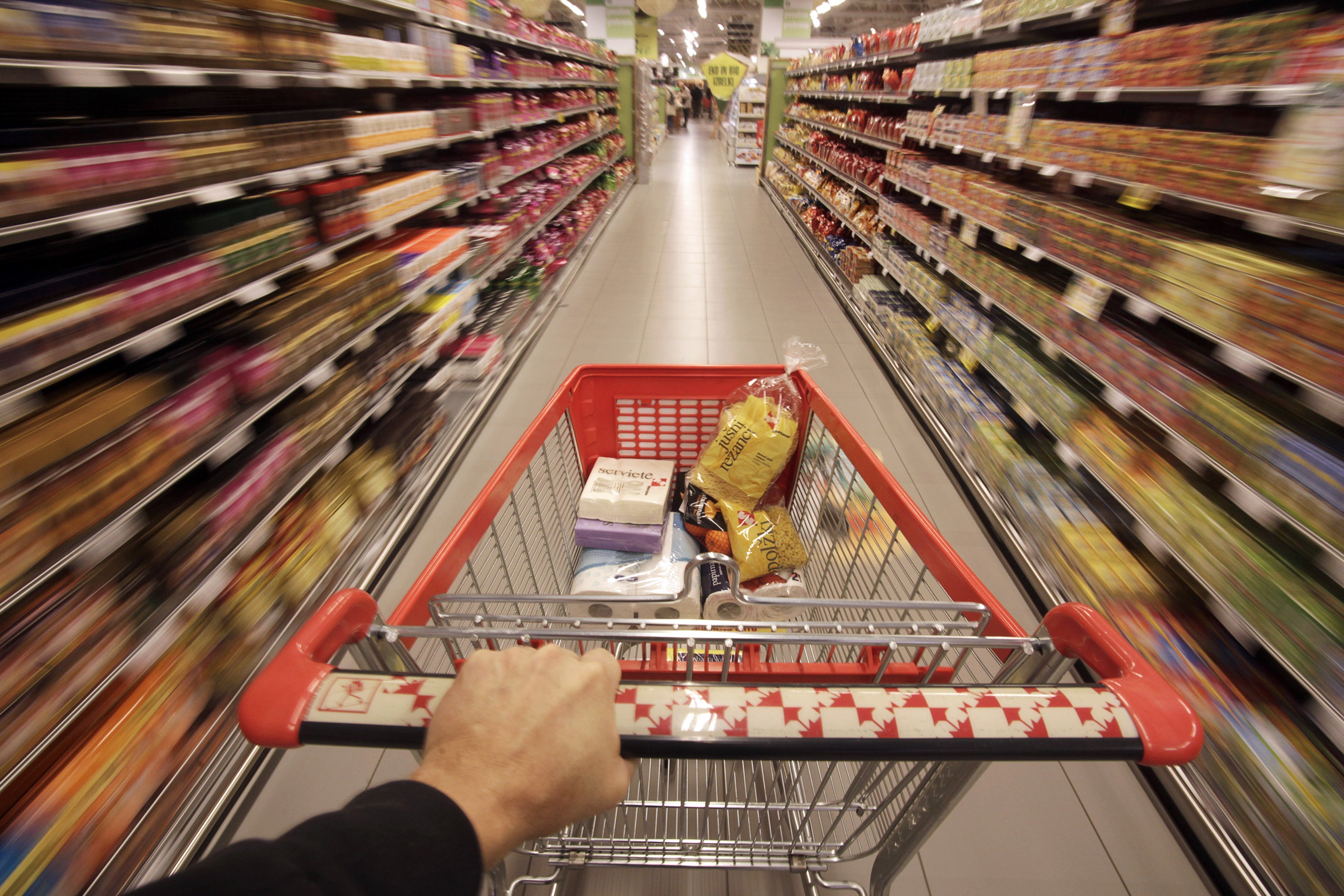
KARACHI: The cost of living rose further as inflation increased to 11.11% in the first half (Jul-Dec) of current fiscal year, mainly due to a hike in prices of perishable food items like wheat flour, cooking oil, sugar, meat, vegetables and pulses in Pakistan.
The surge in prices of perishable food items had the largest impact on the overall inflation reading.
Food inflation spiked 82.31% in December compared to the same month of previous year, the Pakistan Bureau of Statistics (PBS) reported on Wednesday.
Overall inflation had been recorded at 10.8% in first five months (Jul-Nov) of the current fiscal year 2019-20. The reading hit 12.63% in December 2019, according to the PBS.
“Inflation reading is largely in line with market expectations because a few research houses had anticipated it to fall within a range of 12.8% to 13% for December,” Next Capital MD Muzammil Aslam said while talking to The Express Tribune.
“Inflation may spike in January and may remain high in February as well…due to the recent increase in the price of petrol and increase in power tariff for the K-Electric consumers using more than 300 units per month,” Taurus Securities Deputy Head of Research Mustafa Mustansir said.
His brokerage house expected inflation to cool down in March, April, May and June despite an expected increase in gas prices sometime in January or February.
“If inflation spikes to around 13% by March or April (due to unexpected events), then a further increase in the benchmark interest rate cannot be ruled out. Chances of this, however, remain slim,” he said.
There is always a threat of an increase in international crude oil prices. If this happens, it may keep inflation at a higher level in Pakistan as it meets over 70% of energy needs through imports.
The State Bank of Pakistan (SBP) has kept its projection for inflation unchanged at 11-12% for fiscal year 2019-20. It expects food inflation to come down in coming months as supply concerns will be addressed.
The International Monetary Fund (IMF) has also slashed the inflation forecast for Pakistan to 12% compared to 13% earlier.
Mustansir said his research house forecast that inflation would remain at 11% in FY20. “We are anticipating the first (interest) rate cut in May 2020 on expectations that inflation will start sliding from March 2020 onwards,” he said.
Aslam said high inflation had badly impacted the poorest segment of society as acceleration in the reading came due to a spike in food prices.
“Prices of tomato and onion - the two necessary vegetables for almost all food dishes - skyrocketed due to the damage to the cultivated crops amid torrential rains (in September and October) and a complete halt to cross-border trade with neighbouring India since geopolitical tensions rose,” he said.
Inflation in December
Inflation came in at 12.63% in December 2019 compared to 12.67% in the prior month and 5.4% in December 2018.
Core inflation - non-food and non-energy - remained unchanged at 7.5% for the second consecutive month in December. It had hit a multi-year high of 8.5% in August.
PBS reported that inflation for perishable food items spiked to 82.31% during the month under review.
The food and non-alcoholic beverages group saw a rise of 19.74% during the month. The alcoholic beverages and tobacco group recorded an increase of 18.27%. The transport group registered an increase of 14.65%.
Other segments in the overall inflation reading including non-perishable food items, clothing and footwear, housing, water, electricity, gas and fuels, health, education, communications, restaurants and hotels saw price hikes in the range of 3.98-11.37%, the PBS reported.
Published in The Express Tribune, January 2nd, 2020.
Like Business on Facebook, follow @TribuneBiz on Twitter to stay informed and join in the conversation.































































COMMENTS
Comments are moderated and generally will be posted if they are on-topic and not abusive.
For more information, please see our Comments FAQ